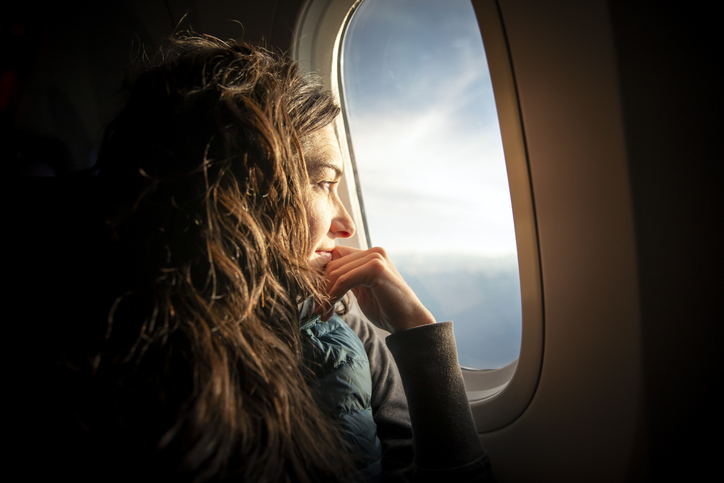Living well with systemic mastocytosis (SM) means constantly planning ahead to avoid and potentially manage the challenges of unexpected symptom episodes. This applies to all aspects of daily life, but in particular, when you’re planning to leave your immediate environment.
Whether you’re traveling locally or abroad, it is important to adapt your plans, choice of destination and pace to your condition to ensure a seamless, stress-free trip.
Learn more about SM signs and symptoms
What is systemic mastocytosis?
How to prepare for travel
Here are a few key tips to follow before you travel to make your trip safer and more enjoyable:
Medical advice: Speak to your doctor before making any decisions. Ask for advice on destinations and the best ways to manage your symptoms.
Research: Do your research and choose a destination that is adapted to your personal symptom triggers. Look at temperature and avoid very hot or very cold climates. Consider food options and compare what is available with your dietary requirements: food that is not spicy and is also low in histamine. What kind of activities would you be doing? For example, physical exertion is to be avoided. Also, look up the hospitals and pharmacies at your destination, in case you need medical care.
Packing: Take all your medications in your hand luggage, including your epinephrine pen, and a copy of your prescriptions. Pack clothes for expected temperatures and something for cooler evenings or warmer days. If you plan to do some sightseeing be sure to pack comfortable clothes and shoes to limit overheating and extra physical exertion.
Itinerary: Factor in rest days to your travel plans. Enjoy some relaxation time to prepare for the next part of the adventure.
What to remember during your trip
While you’re traveling, you will need to be alert to your environment and take preventative action to protect yourself from symptom triggers.
Plan for air travel: Air travel can be extra challenging. You’ll need to stay hydrated, avoid strong smells or pollen, bring your own food and avoid feeling stressed. Deep breathing and meditation will help with this.
Be flexible: Be ready to pivot and adapt your plans to unexpected events. This might mean deciding to skip something on your itinerary if you’re not feeling up to it. If you have a symptom flare-up you may need to pause your plans until it passes.
Consider food choices: Take your time when choosing meals. Ask for as much information as possible on the ingredients.

